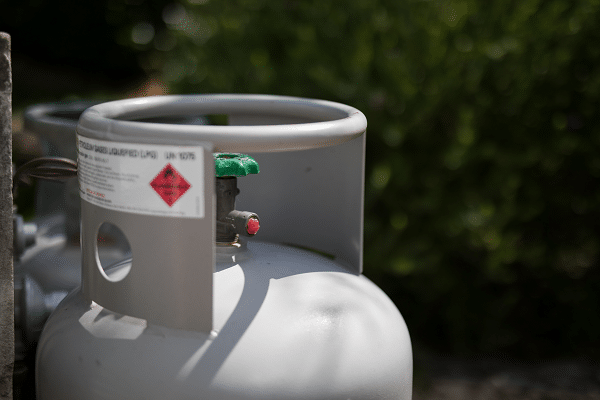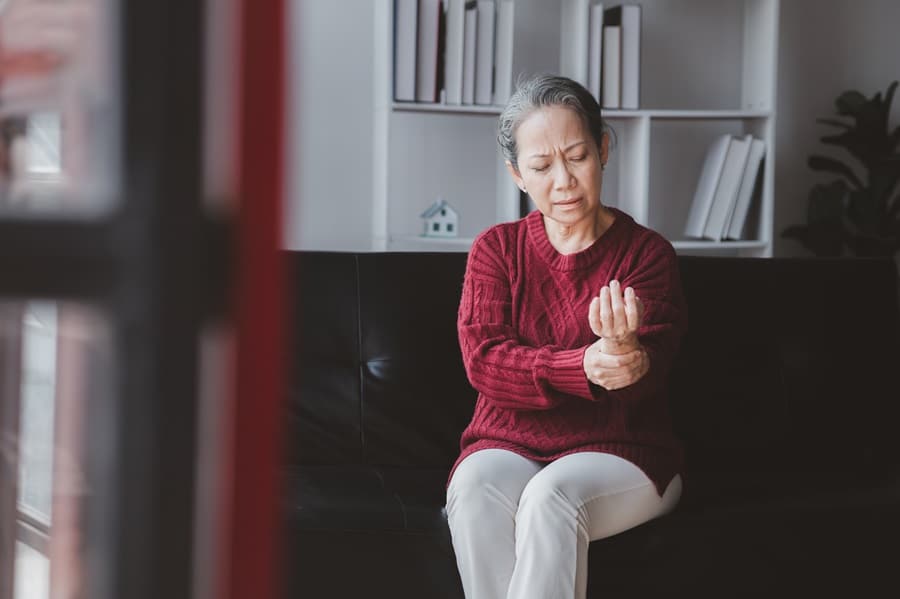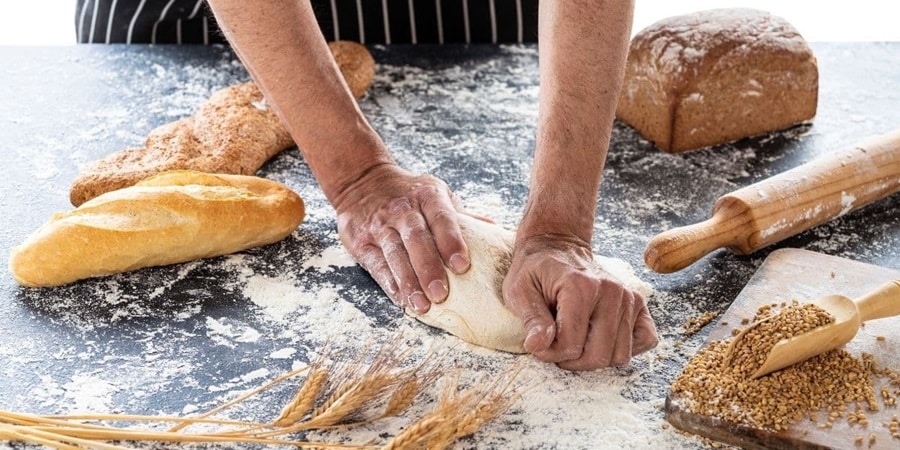Summer is the time for backyard barbecues! There’s nothing quite like gathering your friends and family together to enjoy some good food and conversation. But if you’re new to backyard grilling, it can be tricky to figure out what you’re doing. And the last thing you want is to serve food that doesn’t taste the best. But, not to worry, this post has got you covered! This blog post will discuss some of the dos and don’ts of backyard grilling, so you can host a barbecue that everyone will enjoy!
Contents
Prep You Grill

Many people don’t realize the importance of preparing their grill before cooking on it. Not only does this help to ensure that your food will cook evenly, but it also helps to prevent it from sticking to the grill and becoming burnt. The first step is to brush the grill with a wire brush to remove any dirt or debris. Next, you’ll need to apply oil to the grates.
This can be done with a paper towel or a brush specifically designed for grilling. Be sure to oil the grates well, as this will help to prevent your food from sticking. Finally, preheat the grill for 10-15 minutes before adding your food. By following these simple steps, your grill will be ready for any food you put on it.
Don’t Put Frozen Foods On The Grill

Grilling is a great way to cook up a delicious meal, but there are some things you shouldn’t put on the grill. Frozen foods, for instance, can be a disaster. When you put a frozen steak or chicken breast on the grill, the outside will start to cook before the inside has a chance to thaw. This can result in uneven cooking, with the inside remaining raw or undercooked while the outside gets burnt.
Additionally, putting frozen food on the grill can cause sticking and flare-ups, making it difficult to get a good sear. So next time you’re firing up the grill, make sure your food is thawed out first – your taste buds will thank you!
Set Up Different Heat Zones

When you’re cooking on a grill, it’s important to set up different heat zones. This means having areas of the grill with different temperatures. For example, you might have a hot zone for searing meat and a cooler zone for slower cooking. The reason why you need different heat zones is that not all food is cooked at the same temperature. Some foods, like vegetables, need to be cooked slowly over low heat. Other foods, such as meat, need to be cooked quickly over high heat.
By creating different heat zones on your grill, you can ensure that all your food is cooked perfectly. To do this, simply preheat one side of the grill to high heat and leave the other side on low. Then, when it’s time to cook, you can place your food on the appropriate side of the grill.
Don’t Put Water On Flare-Ups

You should also keep in mind whenever you’re grilling that it’s important to be careful with water. A lot of people think that if they have a flare-up, they should just put water on it to cool it down. However, that can actually make the situation worse. Here’s why: when water hits flames, it creates steam. And steam can carry bits of burning material up into the air, which can then land on other parts of the food and start new fires.
So if you have a flare-up, it’s best to just let it burn out on its own. If it looks like it’s getting out of control, you can close the lid of the grill to starve it of oxygen and snuff it out that way. But resist the urge to reach for the water bottle!
Let Your Meat Rest Before Serving

If you’ve ever cooked a piece of meat, you might have heard that it’s important to let it rest before cutting into it. But why is this? There are actually a few reasons why letting the meat rest before serving is a good idea. First, it allows the juices to redistribute throughout the meat, making it more evenly cooked and preventing them from all running out when you cut into it.
Second, it allows the meat to finish cooking through so that it’s juicier and more tender. Finally, letting the meat rest helps to prevent food poisoning by ensuring that any bacteria on the surface have a chance to be killed by the heat of the meat. So next time you’re cooking up a steak or roast, be sure to give it a few minutes to rest before cutting into it.
Don’t Cut Into Meat To Check If It Is Done

One of the most common mistakes people make when cooking meat is cutting into it to check if it’s done. While it may seem like the best way to tell if your steak is cooked to perfection, it actually causes a lot of problems. First, cutting into the meat will release all the juices, making it dry and tough. Second, you risk overcooking the meat by cutting into it and letting heat escape.
Third, you risk contaminating the meat with bacteria from your knife or hands. So next time you’re tempted to cut into that chicken breast or pork chop, resist the urge and use a food thermometer instead. It’s the best way to ensure perfectly cooked meat every time.
Keep Spare Fuel Around

One mistake that can easily ruin your cookout is running out of fuel. If you’re using a charcoal grill, it’s always a good idea to keep some spare charcoal on hand, just in case your fire starts to die down. The same goes for gas grills – it’s always better to err on the side of caution and have a full tank of propane. That way, if your grill does run out of fuel, you won’t have to wait around for it to heat back up again.
This is also a good tip to keep in mind if you’re grilling for a large group of people. The last thing you want is to run out of fuel in the middle of cooking and have everyone waiting around for their food!
Conclusion
So there you have it, the dos and don’ts of backyard grilling. By following these simple tips, you can ensure that your next cookout is a success! And always remember, the most important part of grilling anything is to have fun and enjoy it! Grilling is supposed to be a relaxed and enjoyable experience, so kick back, relax, and enjoy the delicious food you’ve worked hard to create! If you have any questions about your specific grill and how to use it, be sure to check your grill’s manual or contact the manufacturer. They’ll be more than happy to help you get started on your grilling journey!


